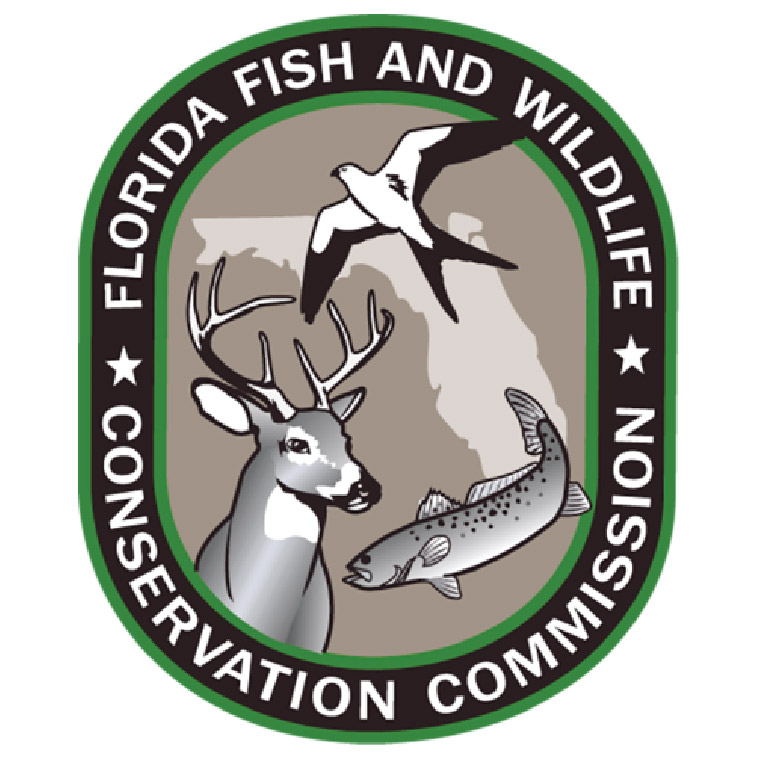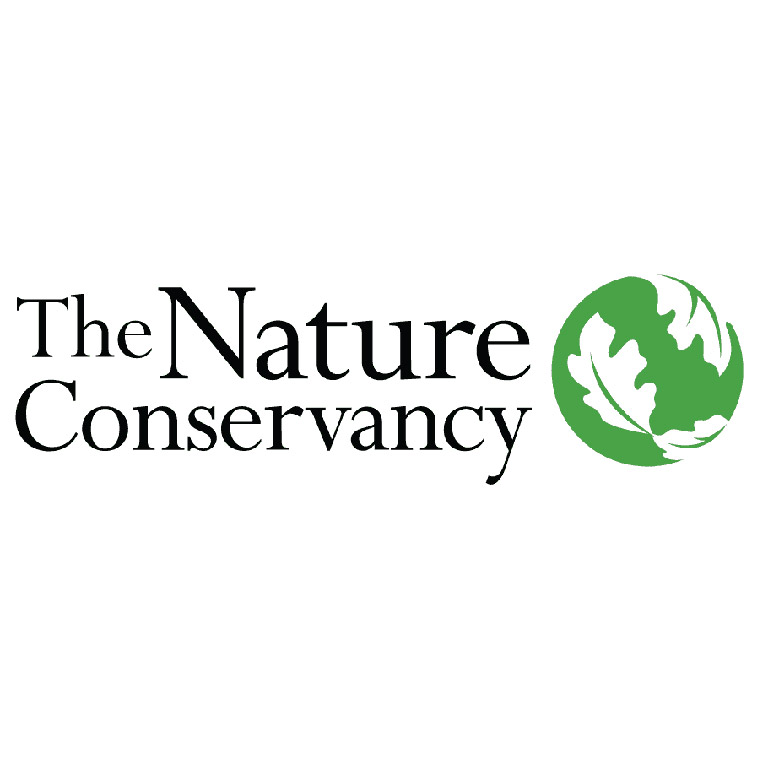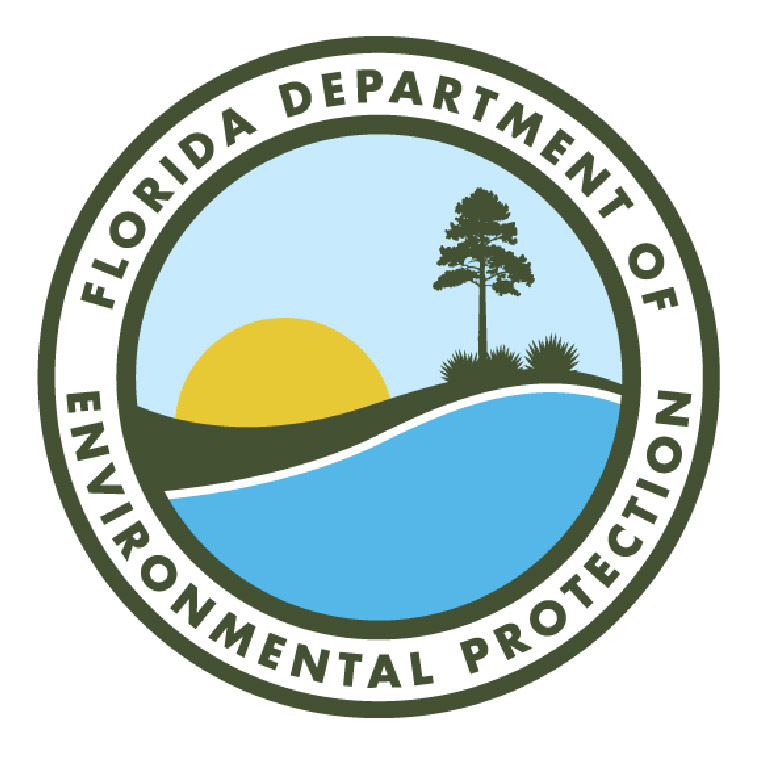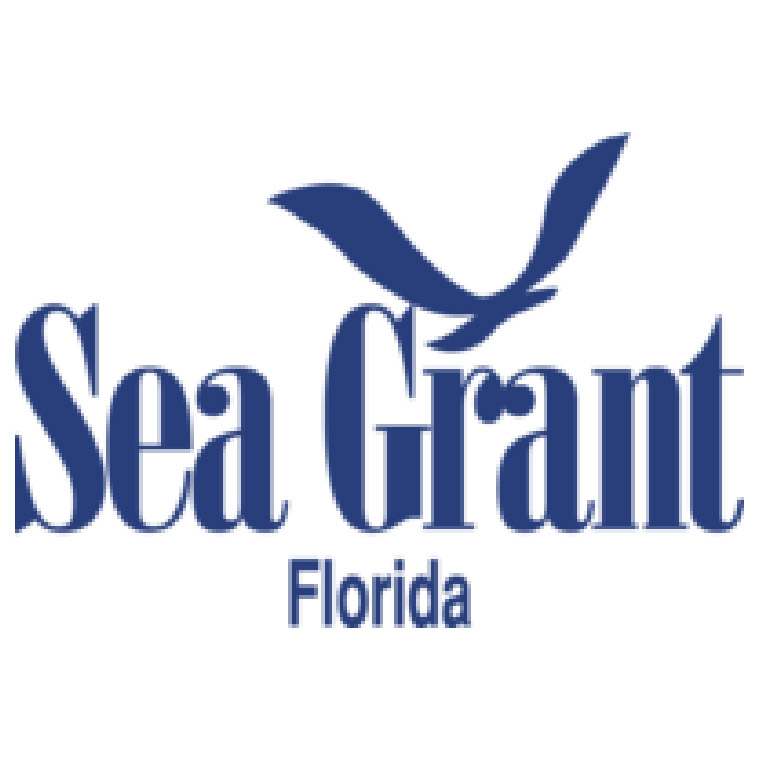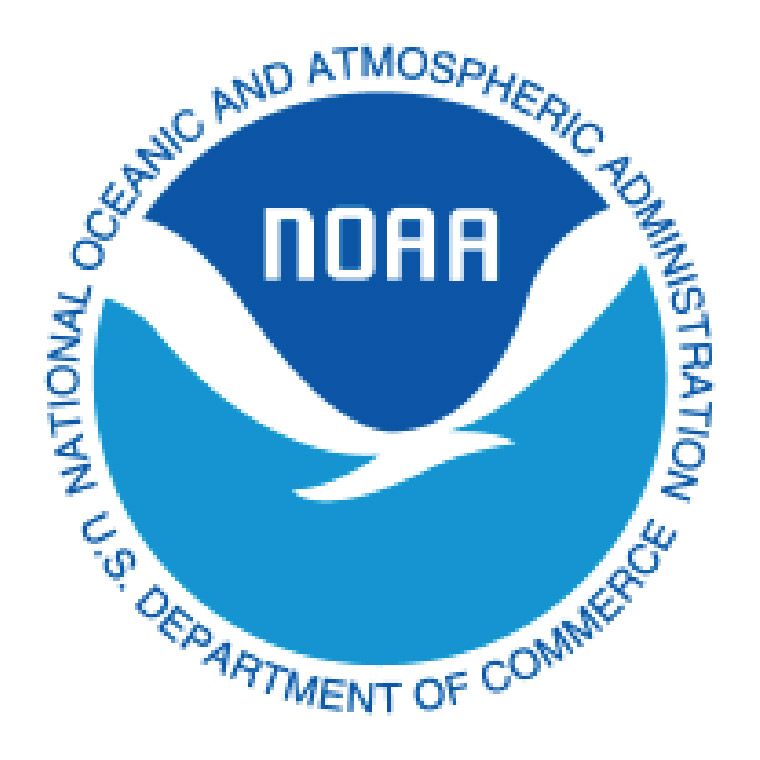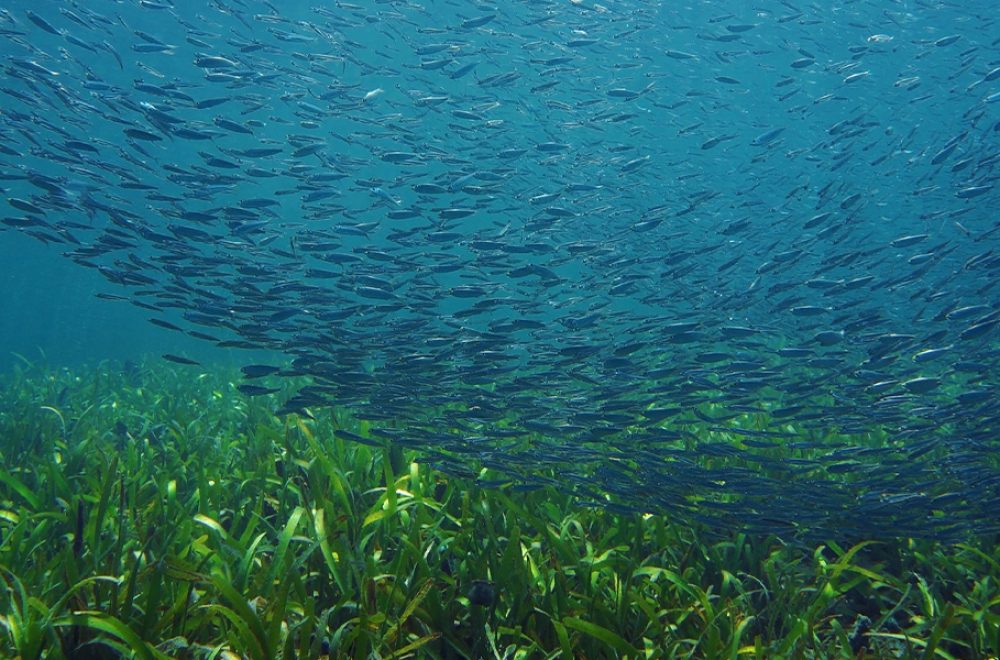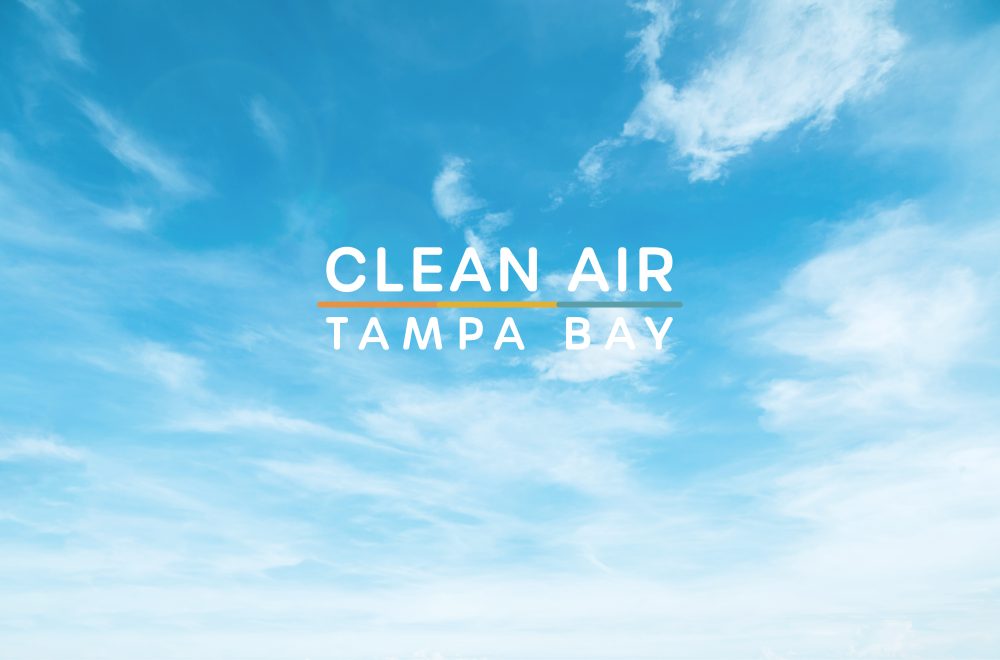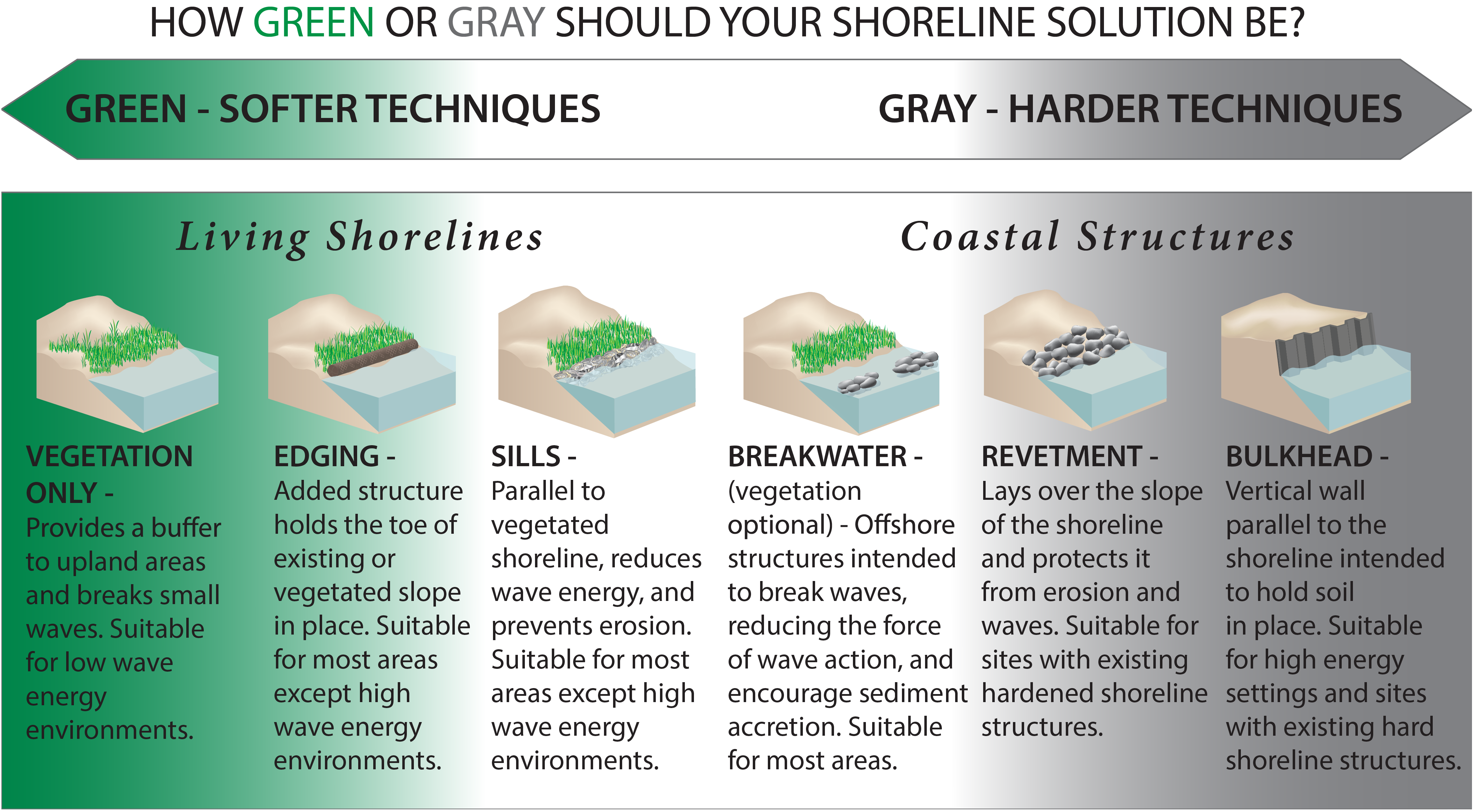Types of Shoreline Management
Effective coastline management is essential for building resilience to boat wakes and climate change impacts, such as sea-level rise, increased storm intensity, and temperature fluctuations. It is projected that 33% of shorelines in the US will be hardened by 2100 (NOAA, 2023). Proper management involves a strategic combination of green and grey infrastructure to ensure the safety of residents and the preservation of property. Sustainable considerations balance the needs of communities with environmental conservation and are crucial for maintaining the health of coastal ecosystems. A balanced and integrated approach that considers both natural and engineered solutions is often the most effective strategy for long-term coastal resilience.
Green Techniques
Living shorelines are sustainable, nature-based solutions designed to protect coastal areas from erosion and enhance ecological health. Unlike traditional hard structures such as seawalls or bulkheads, living shorelines incorporate vegetation, sand, and other organic materials to create a resilient buffer between land and water.
Erosion Control
Provides effective erosion control, safeguarding coastal areas from the impacts of storms and tidal action.
Water Quality Improvement
The vegetation in living shorelines acts as a natural filter, improving water quality by trapping sediments and pollutants.
Biodiversity
By creating a more natural habitat, living shorelines support a diverse array of plant and animal species, contributing to a healthier and more resilient ecosystem.
Aesthetic Appeal
Enhances the aesthetic value of coastal areas, creating picturesque landscapes for recreation and appreciation.
Grey Techniques
Grey infrastructure involves conventional, engineered structures such as seawalls, bulkheads, and levees. These structures are designed to control water flow, prevent erosion, and protect human development from natural forces. Typically, grey infrastructure involves rigid materials such as concrete or steel.
Erosion Control
Provides immediate and effective protection against erosion and flooding.
Wave Energy Reduction
Often used in densely populated areas where the focus is on safeguarding property and infrastructure.
Decision Support Tools
- Model Shoreline Ordinance Template
- Florida Administrative Code 62-330.051: Exempt Activities
County Resources
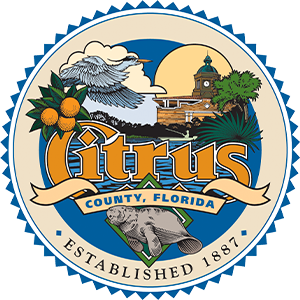
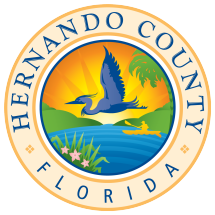

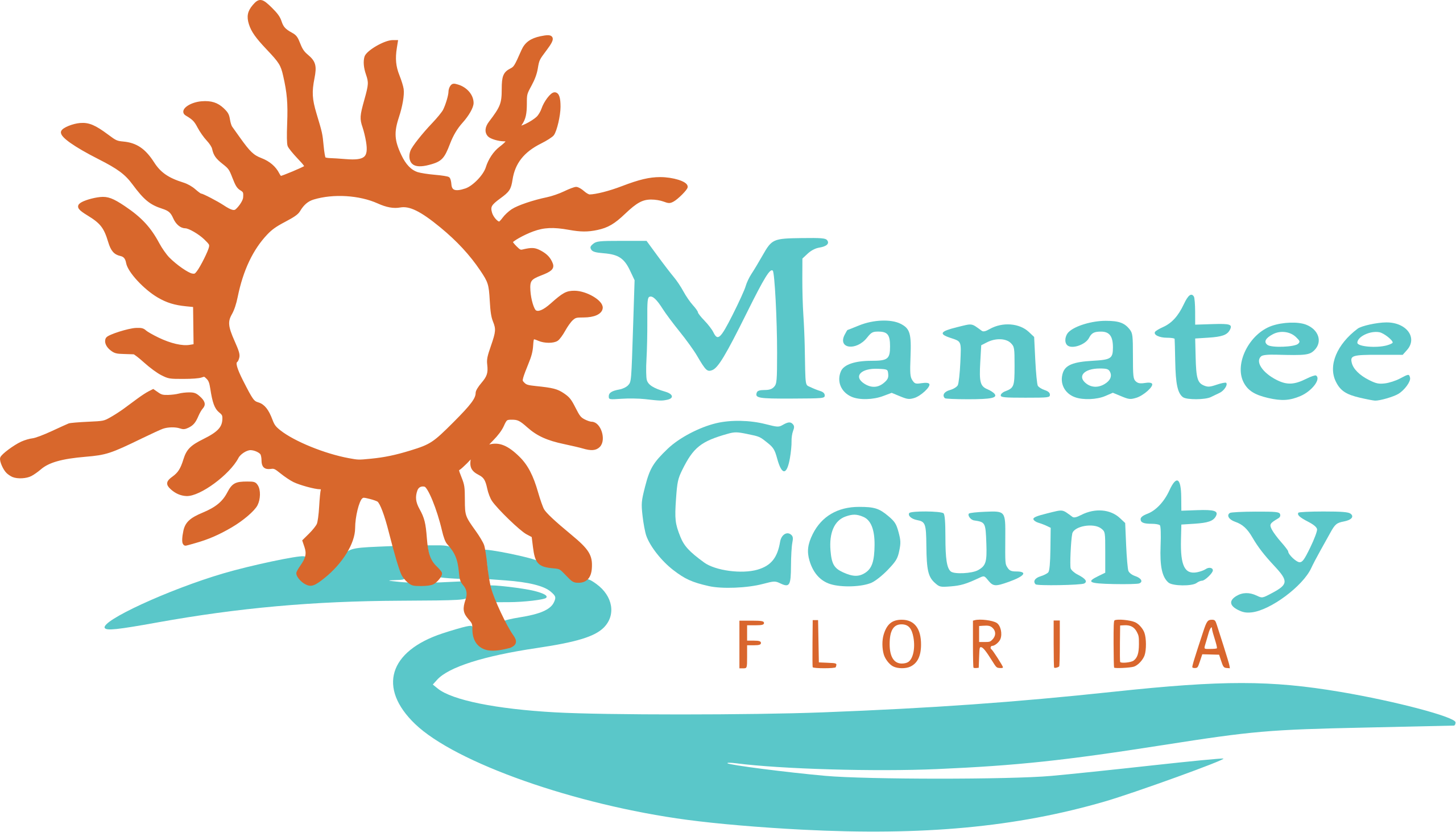
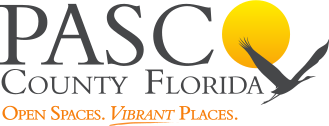
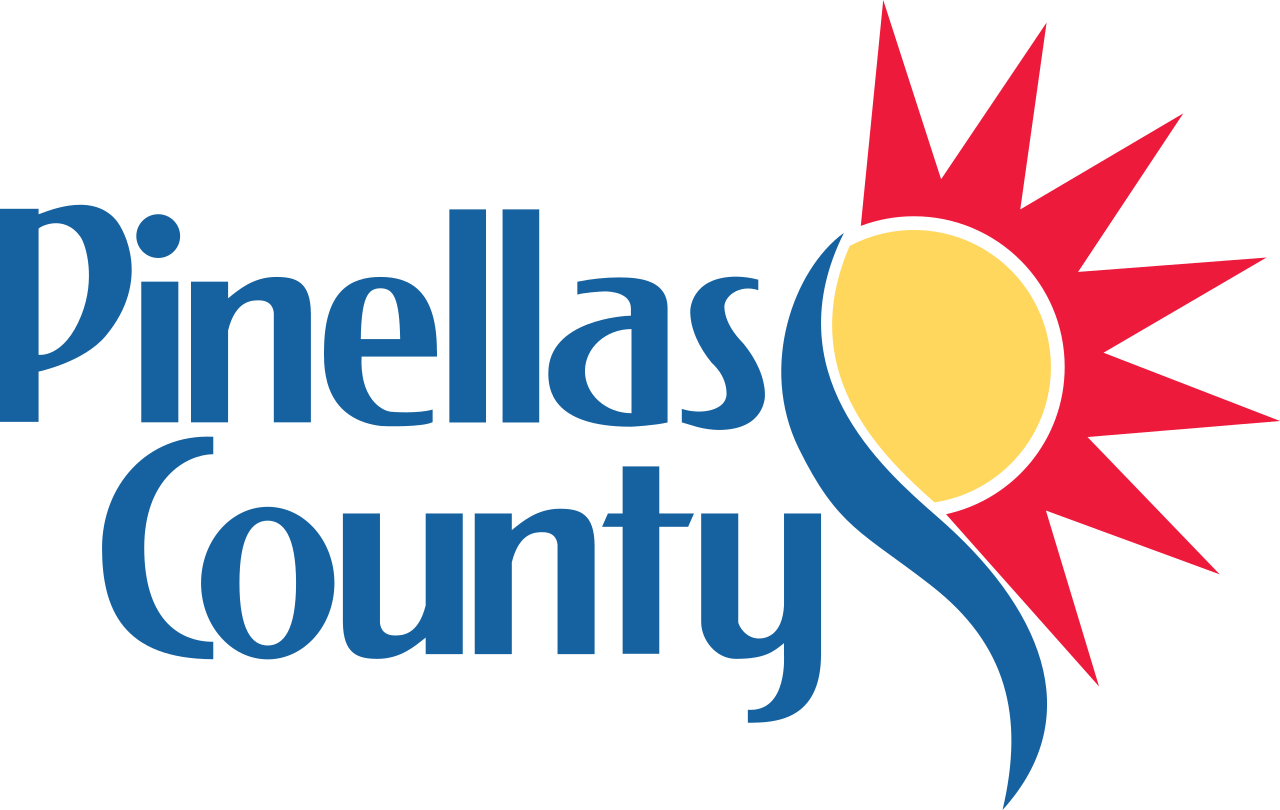
Frequently Asked Questions About Living Shorelines
A living shoreline is a protected, stabilized coastal edge made of natural materials such as plants, sand, or rock. It promotes ecosystem health, reduces erosion, and provides habitat for marine life.
Living shorelines use natural elements like vegetation and oyster reefs to stabilize the shoreline, while traditional methods often involve hard structures like seawalls or bulkheads, which may contribute to erosion and disrupt ecosystems.
Living shorelines provide habitat for marine life, improve water quality, and enhance resilience to storms and climate change. They also reduce erosion, preserving the natural dynamics of coastal ecosystems.
Yes, living shorelines can act as a natural buffer against storm surge and flooding by absorbing wave energy and reducing the impact on coastal areas.
Yes, permits are typically required for living shoreline projects. Regulations vary by location, so it’s important to consult with local environmental agencies and obtain the necessary permits.
Native salt-tolerant plants such as marsh grasses, mangroves, and other coastal vegetation are commonly used in living shorelines. These plants help stabilize the shoreline and provide essential habitat.
The establishment time varies, but it may take a few growing seasons for plants to become established and for the living shoreline to achieve its full potential. Monitoring and maintenance are crucial during this period.
Yes, living shorelines can be adapted for urban environments. Green infrastructure elements, such as vegetated buffers and permeable surfaces, can be integrated to enhance resilience in urban coastal areas.
Some regions offer grants, subsidies, or tax incentives for implementing living shorelines as they contribute to environmental conservation and provide natural coastal protection. Check with local authorities for available incentives.
You can start by raising awareness about the benefits of living shorelines, participating in community discussions, and collaborating with local environmental organizations. Additionally, consider attending workshops or seeking guidance from experts in the field.
In some cases, living shorelines may integrate grey infrastructure like bulkheads to provide additional stabilization. However, a hybrid approach is often recommended, combining both natural and built elements for enhanced effectiveness.
Bulkheads may cause increased erosion in adjacent areas, disrupt natural habitat, and hinder the migration of aquatic species. Over time, they can also degrade and require maintenance or replacement.
Integrating living elements with bulkheads combines the stability of built structures with the ecological benefits of natural features, providing effective protection while supporting biodiversity and ecosystem health.
Yes, guidelines exist to ensure that the design of hybrid living shorelines with bulkheads considers environmental impacts, maintains habitat connectivity, and minimizes disruption to coastal ecosystems. Consult with experts and regulatory agencies during the planning phase.
The cost can vary depending on the specific project, but in some cases, hybrid approaches may be more cost-effective over the long term due to reduced maintenance requirements and the added benefits of ecosystem services.
Yes, environmentally friendly bulkhead designs exist, such as using materials that mimic natural habitats or incorporating features that provide habitat for marine life. These designs aim to minimize ecological impact while still providing the necessary protection.
Yes, obtaining permits is crucial when incorporating bulkheads into living shoreline projects. Regulations may vary, so working closely with environmental agencies and obtaining the necessary approvals is essential.
